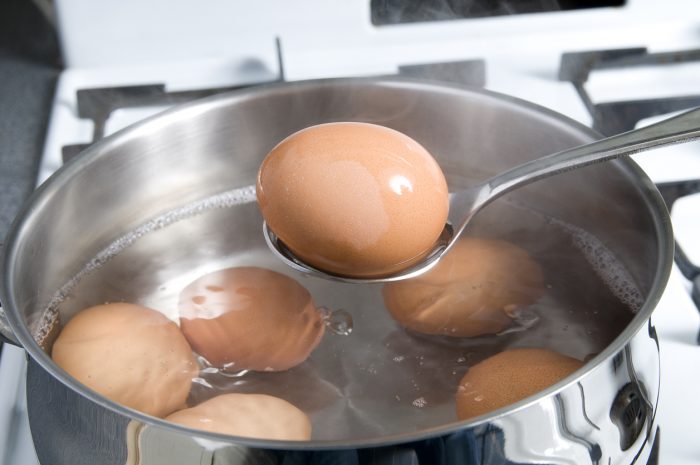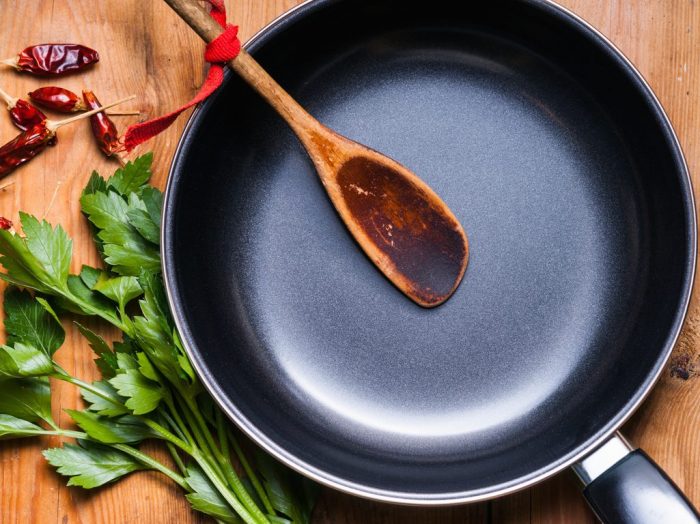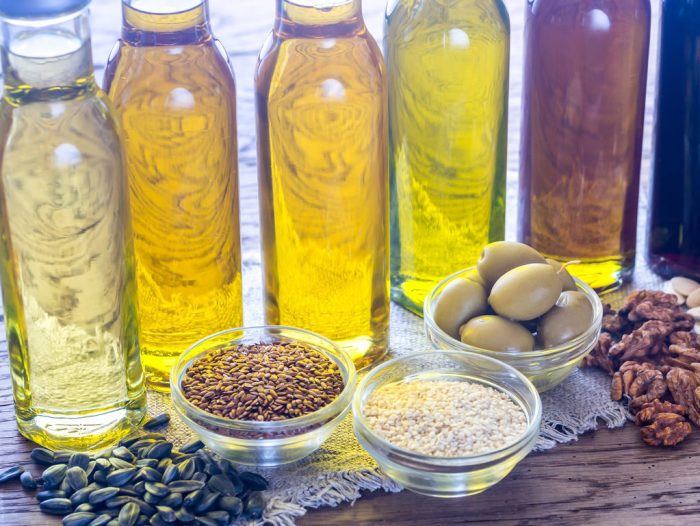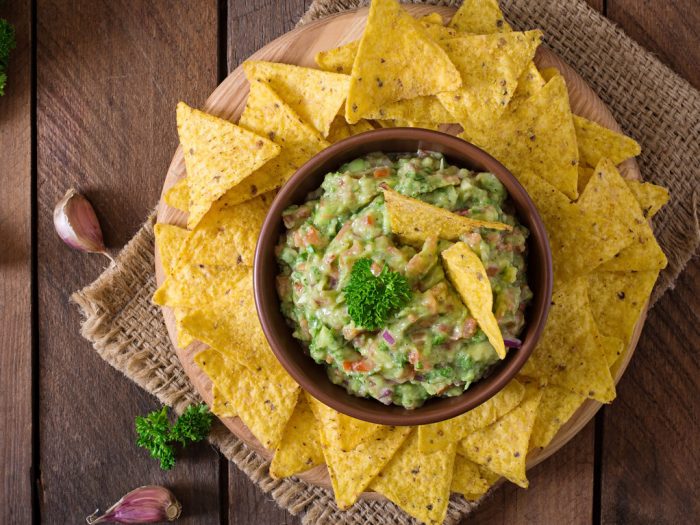Usually cooking is done with your pan or pot heated. This goes back to preheating your oven, too. But there are a few instances where you need a cold pan or a cold pot for the job. There are delicate foods and processes which just benefit from that. Here’s when to use a cold pan.
It can be tough to wrap your mind around this, especially when it’s been drilled into our minds that heat leads to greatness. Like a gorgeous pile of fries made by throwing them in hot oil. Or a great succulent steak seared in a hot skillet. Not to mention that delicious stir-fries and their fast cooking times thrive on high heat. But there are some moments when other rules apply. And this is the point of this piece: to teach you about how and when to use a cold pan.
If you cook meat in a cold pan, it will cook all the way through eventually, but it will look pale and sad and it won’t delight your eyes and your taste buds as much as a perfectly seared piece of meat would. No, you need to use a cold pan only when the ingredients call for you having control over the temperature and not shock the ingredients.
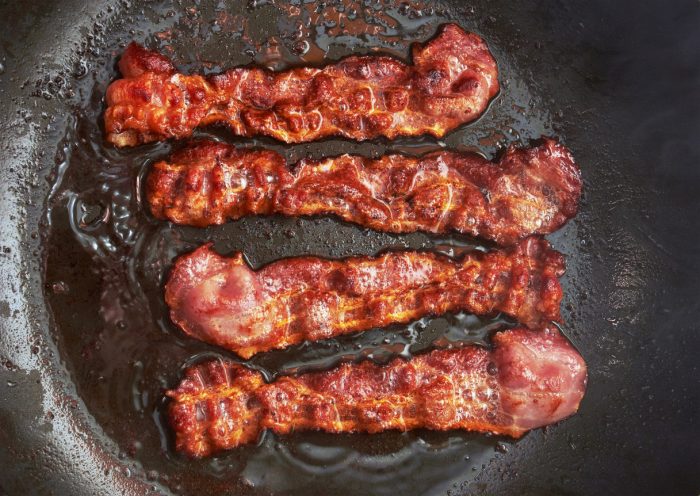
5 moments when you need to use a cold pan for best results
1. When you cook bacon (and render its fat)
Bacon is made up of a lot of fat and some meat. Which means that if you apply high heat to it, the fat won’t have time to release slowly and build up that flavor that you’re looking for. Not to mention that it will end up kind of soggy and lose the crispness that I most appreciate about fried bacon.
Cooking the bacon in a hot pan will also waste the precious fat within, which can be used in a lot of dishes, to great effects. Sure, the process takes a little longer when you use a cold pan, but it’s so worth it! Start off slow and keep your eyes on the pan. Flip the bacon as much as possible once it starts to fry. Also, if you’re cooking a large quantity of bacon, make sure to pour the liquid fat into a jar from time to time!
2. Caramelizing garlic
If you drop minced garlic into an already hot pan with hot oil, it will go dark brown in no time, which basically ruins the taste and flavor. So start off with a cold pan and cold oil and let the oil and garlic heat up together. This ensures that the garlic releases its flavor in the oil slowly but surely. In just 10-20 seconds, the oil starts to bubble and the garlic releases its flavor in it. The minced cloves will also look golden and perfect. One other trick is to keep stirring the garlic, to make sure it doesn’t stick to the pan and doesn’t get burned on one side.
What can you do with it afterward? You can make delicious bruschetta or garlic bread, or you can use the oil and garlic combo to drizzle over vegetables and enrich the flavor of stir-fries.
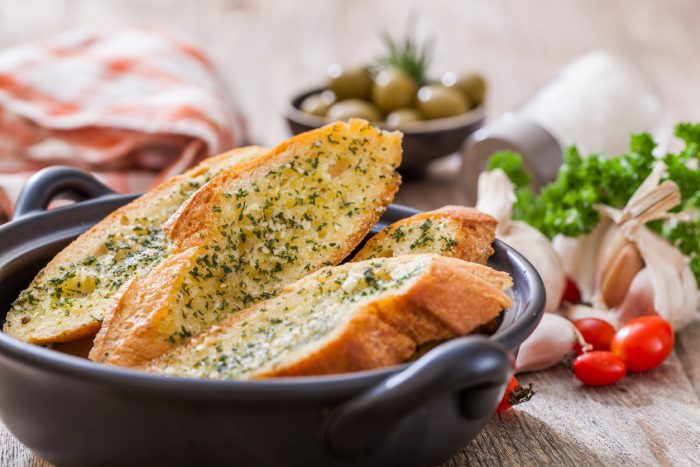
3. Toast seeds and spices
Cumin and fennel, sesame seeds or sunflower seeds and other items of the sort taste better when toasted. But they get burned if you use a hot pan and won’t be that warmed on the inside. Toss them in a cold pan and let them heat gradually. Otherwise, they will burn! Also, when they’re done, remove them from the pan, because otherwise, they’ll overcook.
4. When you brown butter
Brown butter is another of the instances when you need excellent control over your temperature. The balance of the butter in that state is very fragile and could burn it in an instant, going from golden delicious to black. Add the butter to a cold pan and keep going slowly and steadily. Swirl the pan every once in a while. The milk solids will toast and get a lovely hazelnut color.
5. Cold pot when you boil eggs
In my experience, it’s best to boil an egg starting with a cold pot. Even if the egg is not cold and straight from the fridge, it will experience shock when dropped into boiling water. This will lead to cracks and fissures in the shell and that is important when you have company to impress. Otherwise, it’s not a big deal. But the process of the water and the egg slowly heating together leads to a more harmonious result.
